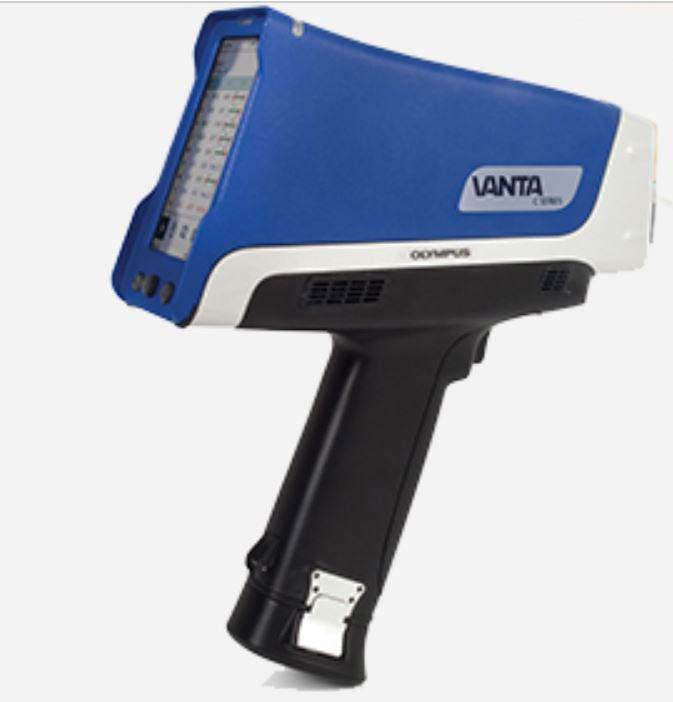
An Industrial Service Company offering a unique blend of services
1-855-227-5510
Email: [email protected]
XCEL
2755 State Hwy 322, Longview, TX 75603 | Mailing PO Box 8024, Longview, TX 75607
Positive Material Identification (PMI) is a method used to analyze the chemical composition of metals and alloys. This method is a vital part of production and asset integrity management programs across industries such as oil and gas, power, petrochemical, nuclear and fabrication.
PMI can be used to verify that a fitting, pipe or other material acually possessses the elements required for it's particular material specification. Installing incorrect material in a system can lead to premature or even catastrophic failures.
Positive Material Identification is performed using one or more of the techniques below:
-
X-Ray Fluorescence (XRF) analyzer: This is the most common method as the portable hand-held equipment allows the PMI to be done on-site. The handheld analyzer determines the elemental composition of the material. However, it cannot detect carbon and some lighter elements.
-
Laser Induced Breakdown Spectroscopy (LIBS) is the portable “OES” instrument that we commonly use for CE. This portable unit uses a consumable argon cartridge integrated into the instrument.
-
Optical Emission Spectroscopy (OES): This method covers the analysis of chemical elements including carbon, lighter silica and other lighter elements. The older OES equipment is portable but can vary in weight and size. Newer technology advancements are allowing the OES systems to become more portable and durable similar to the XRF handheld systems.
Positive Material Identification application includes:
-
Ensuring chemical composition of metals and alloys
-
Finding potentially mixed-up alloys
-
Ensuring material follows the code standard and specification (both customer and industry)
-
Confirming welded components have used the correct filler material
Advantages of PMI:
-
Quick and accurate analysis
-
Highly portable hand-held digital technology
-
The instrument must be able to maintain surface contact with the material
Limitations of PMI:
-
The depth of penetration of the x-ray for most elements is less than 0.001” so the technician must determine if the area being examined is representative of the entire piece.
-
The surface of the item must be accessible and surface preparation may be needed
-
Analyzers are limited to identifying only those alloys that are listed in the manufacturer’s library
-
Carbon, sulfur and phosphorous cannot be identified with XRF method